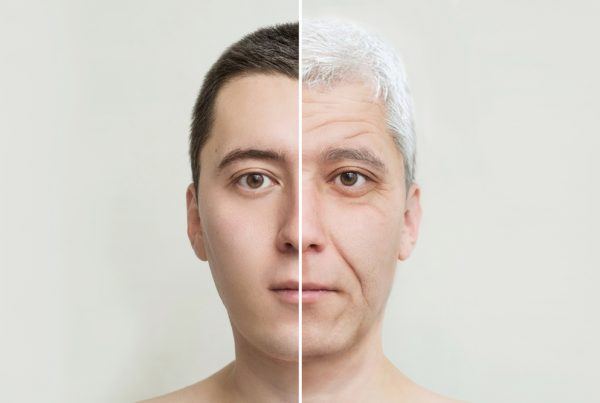November 18, 2020. ATLANTA – LifeQ, the world-leading independent provider of wearable-derived health information has released an innovative new blood oxygen monitoring solution. The Xiamo Mi Smartwatch will open up the opportunity to get regulatory approvals for a variety of solutions, that require the monitoring of blood oxygen levels over time. These include conditions where there are sudden drops in blood oxygen, such as sleep apnea as well as for other clinical issues.
Tracking COVID-19 and your health
The need for wrist worn consumer wearables to measure blood oxygen levels has been highlighted by the current global COVID-19 pandemic. The Xiamo Mi Smartwatch launch follows closely behind the release of LifeQ’s early warning and disease tracking system for COVID-19. LifeQ’s COVID-19 solution has already proven effective. It provides early warnings up to a week prior to clinical diagnosis of COVID-19.
Need for more accurate devices
Wearable designers have faced major challenges in designing blood oxygen monitoring solutions. Physiological signals generated by its sensors are key to accuracy. The patented on-device solution has focussed on resolving the accuracy problem. It uses advanced signal conditioning techniques. This delivers continuous accurate biometric monitoring while maintaining the super low power performance of the device.
How does this LifeQ technology work?
The LifeQ solution uses reflected light from a sensor embedded in the back of a wrist worn smartwatch. It’s capable of measuring SpO2 either through user-initiated tests or on a continuous basis.
Solution for sleep apnea
LifeQ are confident about their product’s superior accuracy. They believe it will open up the opportunity to get regulatory approvals for conditions where there are sudden drops in blood oxygen, such as sleep apnea and other clinical issues.

“The incorporation of our blood oxygen measurement capabilities into the Xiaomi Mi Smart Watch is the culmination of years of research working with leading device, silicon and sensor partners across the globe,” says Laurie Olivier, CEO of LifeQ.
Captures optical paths through the skin
The Xiaomi Mi-watch uses a brand-new sensor designed by LifeQ in partnership with Texas Instruments. This sensor combines the power of the latest control chip from Texas Instruments . It also has a unique multi wavelength (colour) sensor configuration. It has been designed to enable the device to capture four separate optical paths through the skin.
Biometric signals to ensure blood oxygen levels remain healthy
These multiple paths allow the algorithms on the device to better isolate biometric signals from the environmental noise to deliver superior accuracy. At the same time limiting power consumption of the sensor. By adding the red and infrared light emitting diodes, the sensor is now able to deliver Pulse Oximetry for users.

The watch provides incredible flexibility to wearable device companies for innovation. It uses multiple diodes, wavelengths and the power of the TI chip to deliver further improvements over the lifetime of the device.
Who is LifeQ?
LifeQ is the leading independent provider of biometrics and health information derived from wearable devices, used in world-leading health management solutions.
LifeQ’s information and solutions are already used by Fortune 500 customers. The company partners in a range of wearable devices, consumer-facing health and wellness platforms, and health-risk tracking applications for the global insurance and corporate wellness industries.
Read more about technology developments in health
Read more about how to keep your brain healthy and young. Hyperbaric oxygen therapy will change the way your brain ages.




![women [longevity live]](https://longevitylive.com/wp-content/uploads/2020/01/photo-of-women-walking-down-the-street-1116984-100x100.jpg)










